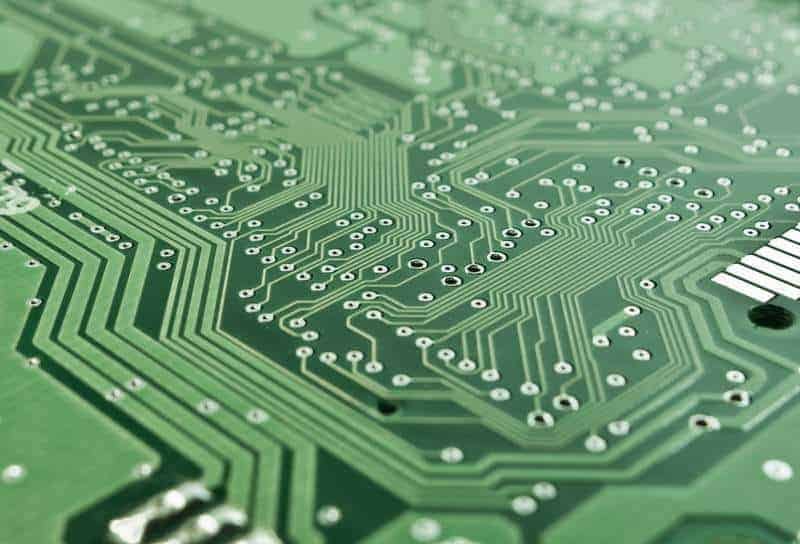Automated Guided Vehicles

Automated Guided Vehicles help transport the raw materials, semi-finished products, and finished products within a workplace. Initially, in any industry or a workplace, the materials are transported from one work station to another work station manually or by using a vehicle that the human operates. Because of the manual interaction, the time taken for transporting the materials is high, and because of the increased time, the production rate of an industry comes down. To increase the production rate and utilize the resources like labor, machine efficiently in an industry, Automated Guided Vehicles have been brought into existence. The Automated Guided Vehicles cannot be installed in the workplace as such. It needs a lot of planning and design. This is because the Automated Guided Vehicles installation is costlier, and once installed, it would be difficult to change them. Thus, before installing the Automated Guided Vehicles, the Automated Guided Vehicles’ installation and movement region should be pre-determined. The layout of the company plays a vital role in the Automated Guided Vehicles system installation. Automated Guided Vehicles’ primary purpose is to reduce the travel time of the raw material or the workpiece. So the shortest route between the workstations has to be identified,…









